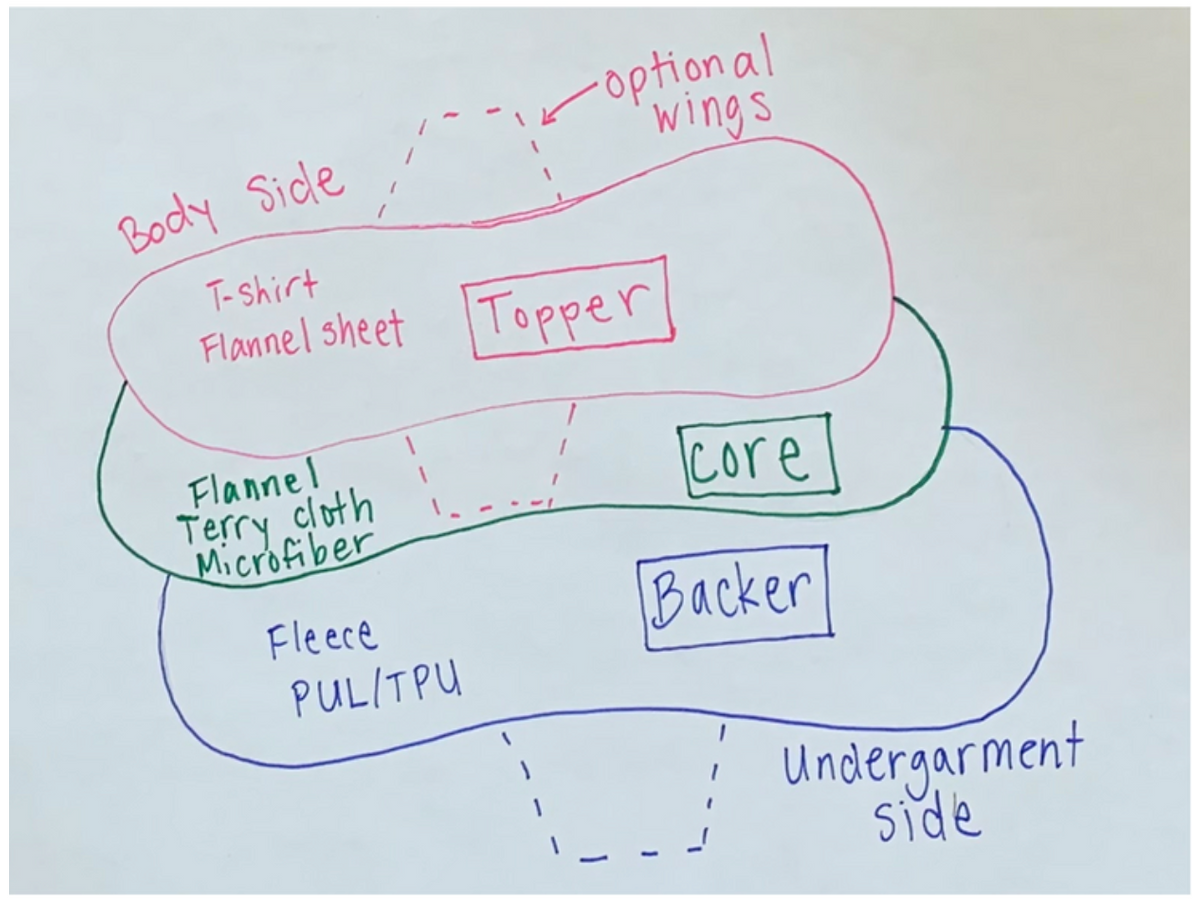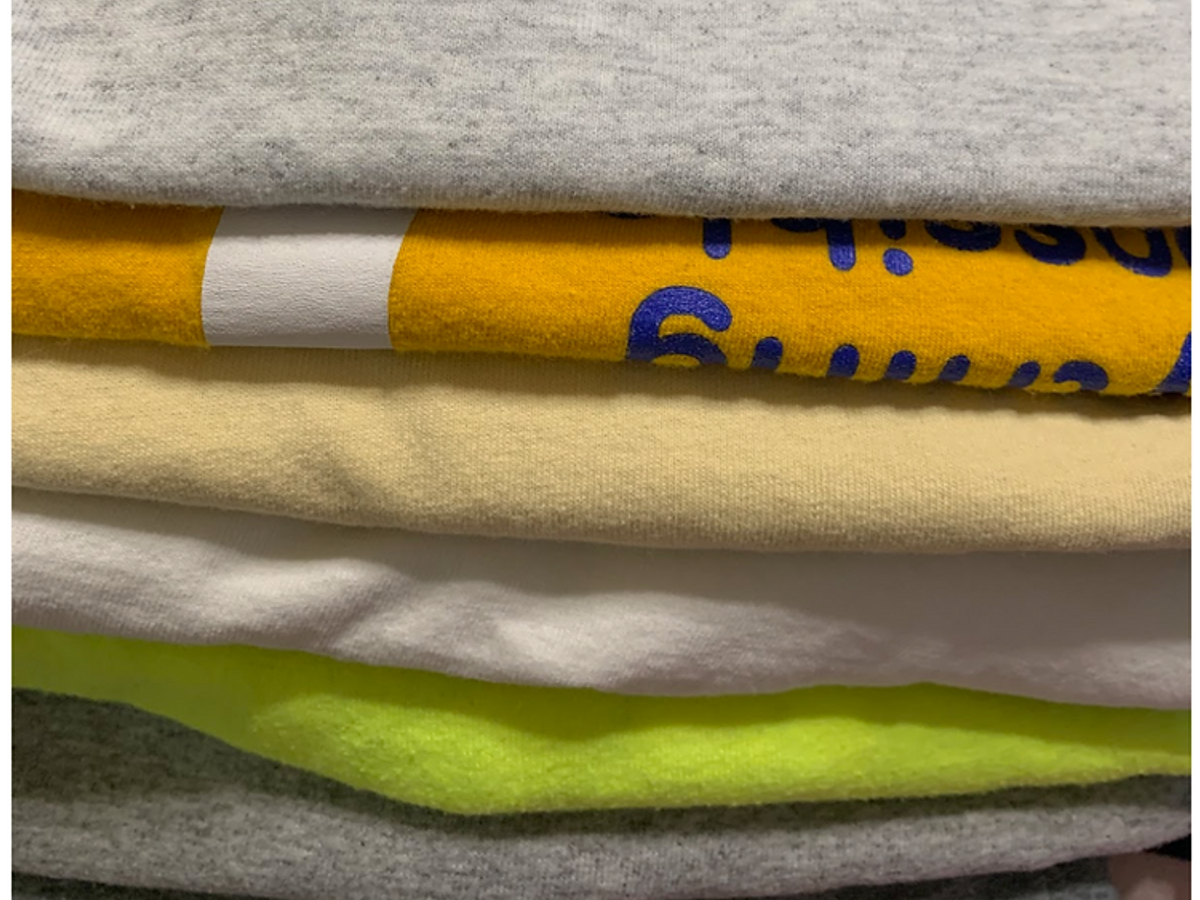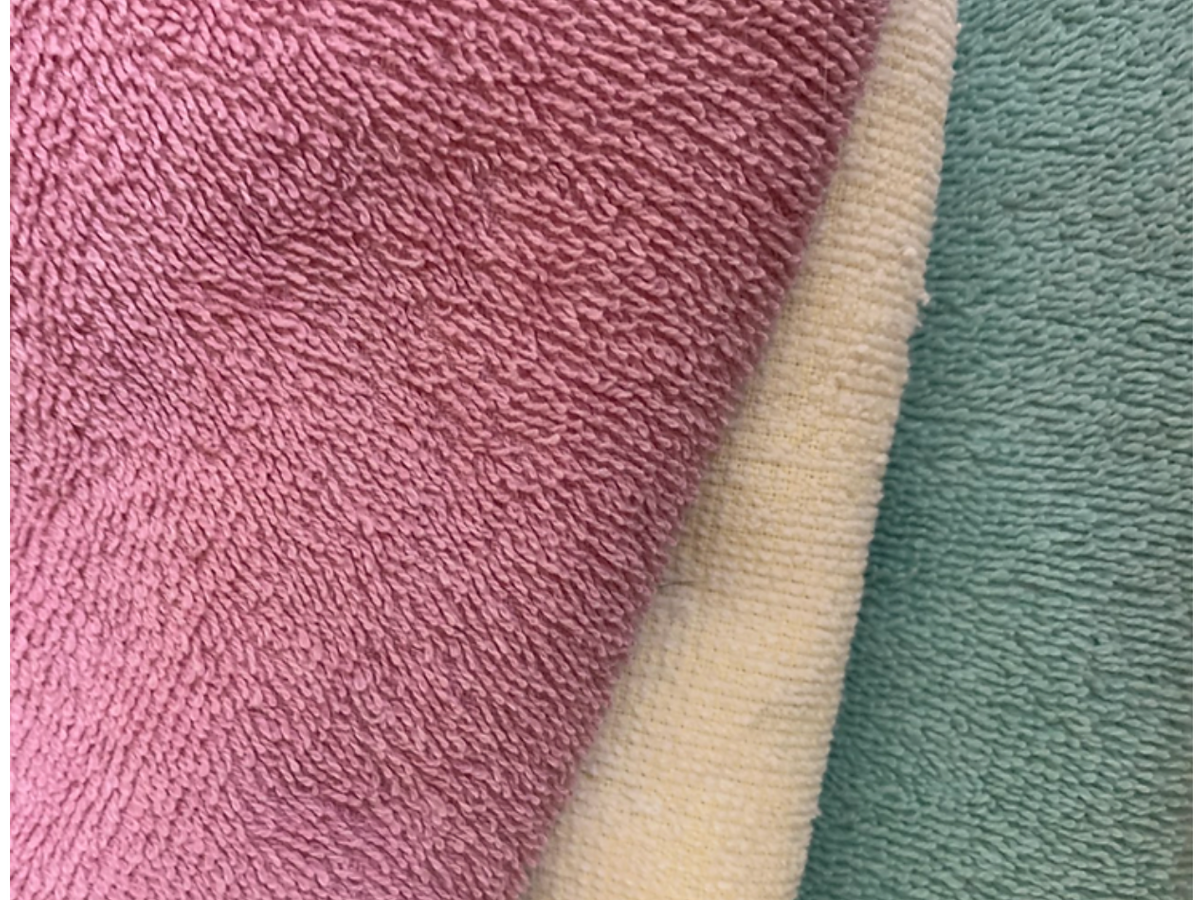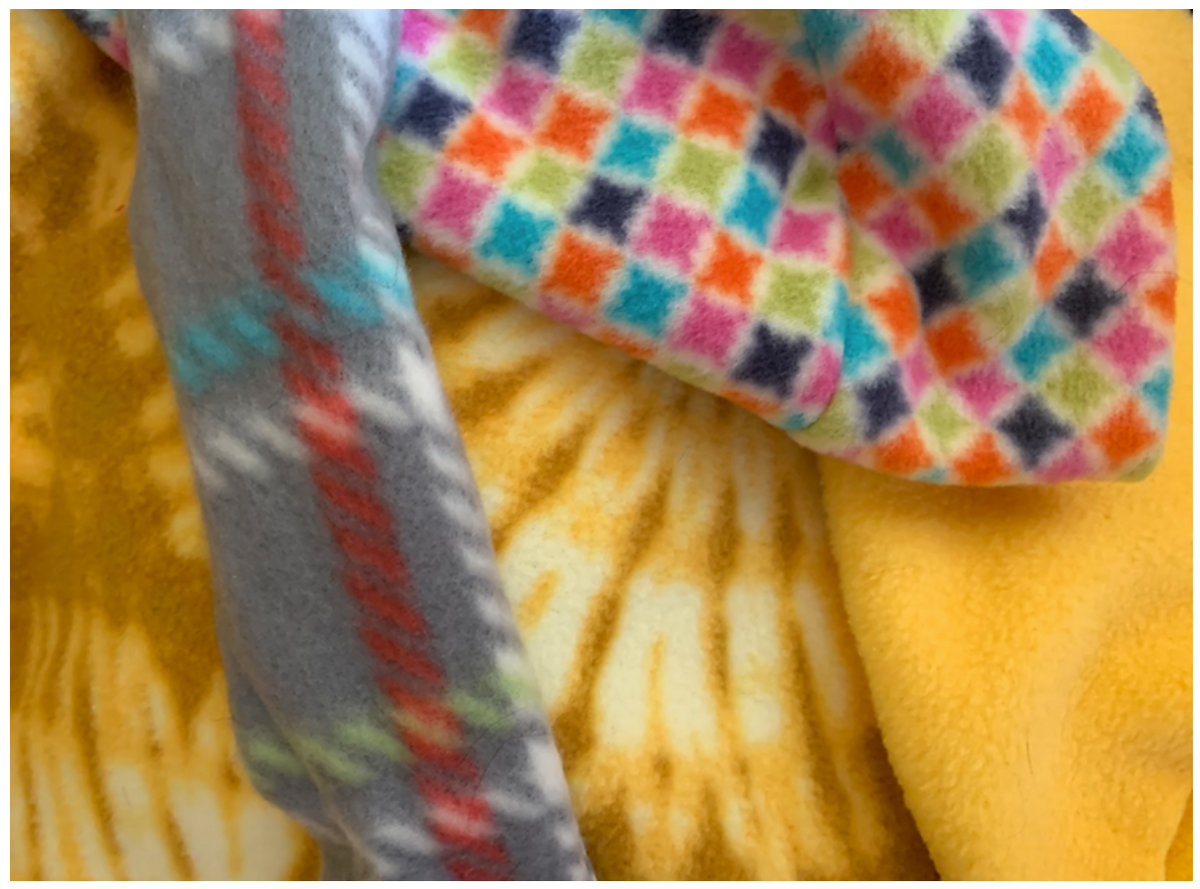Sewing Your Own Cloth Pads: Part 1
Kaity Japikse, TCO Advocate
This will be part one of a series on sewing your own cloth menstrual/bladder control products. Like cloth diapers, many folks find cloth menstrual pads to be more comfortable, environmentally friendly and cost-effective. Creating your own from unused items around the home or from the thrift store adds to the cost savings even further. Please note, these tips are only for making pads for personal use. Since these products are FDA regulated, there are stringent requirements for making pads for others to sell or give away. Let’s start by going over materials that can be used and where you might find them outside of the fabric store.

My favorite material to use as a topper and for absorbent layers is flannel. Toppers are the layer of fabric against the skin, so comfort is key. A flannel sheet, pajamas, receiving blankets or a robe that are stained or even have holes work really well for making reusable absorbent products. Flannel is thin and holds a fair amount of liquid, so no diaper-like look when you’re wearing a flannel pad.
Another soft material that can be used for the top of the pad or for absorbent layers is t-shirts. Scour your closet for 95 or 100% cotton shirts that don’t fit well, you don’t reach for or even have flaws after one too many wears. If you need a few more, you can check out yard sales or thrift stores for shirts as low as 25 or 50 cents, each making up to 2 cloth pads.

There are a couple of materials that work well for cores that aren’t as comfortable against the skin. Cores are the absorbent layers that go between a liquid-resistant bottom layer and a soft top layer. One option is terry cloth towels. Thinner is better in this case, but if you’re making something for overnight or don’t mind a bit of bulk, towels, washcloths or robes will get the job done. Another is microfiber: cloth diaper inserts or cloths provide quick absorbency if you tend to have heavier flow. Again, these tend to be bulkier, but provide the absorbency needed.

Lastly, cloth menstrual products typically need a bottom layer called a backer that repels liquid back into the absorbent core, away from outer clothing. If you’re just making a liner, you could choose to skip this and include another layer or two of absorbent materials. The most common choices are PUL/TPU and fleece. Usable PUL/TPU can be hard to find outside of the fabric store, but if you have a cloth diaper with a small hole, it could be upcycled into a pad.
Fleece is a little easier to come by, but there are two different types to be mindful of. Some microfleece allows liquid to easily pass through, others resist liquid, forcing it back away from clothing. Blankets you’re no longer using can be tested to see if water beads on the surface or passes through with a bit of pressure. If it beads, it’s a good material to use on the back of your pad. If you’re shopping at the fabric store, look for polar fleece or anti-pill. I especially like fleece because it stays put in undergarments better than PUL/TPU backed pad.

Next post we’ll talk about finding or creating free and low-cost patterns and cutting all of our fabric before assembling.
Kaity Japikse is a former TCO advocate who lives in Ohio.
